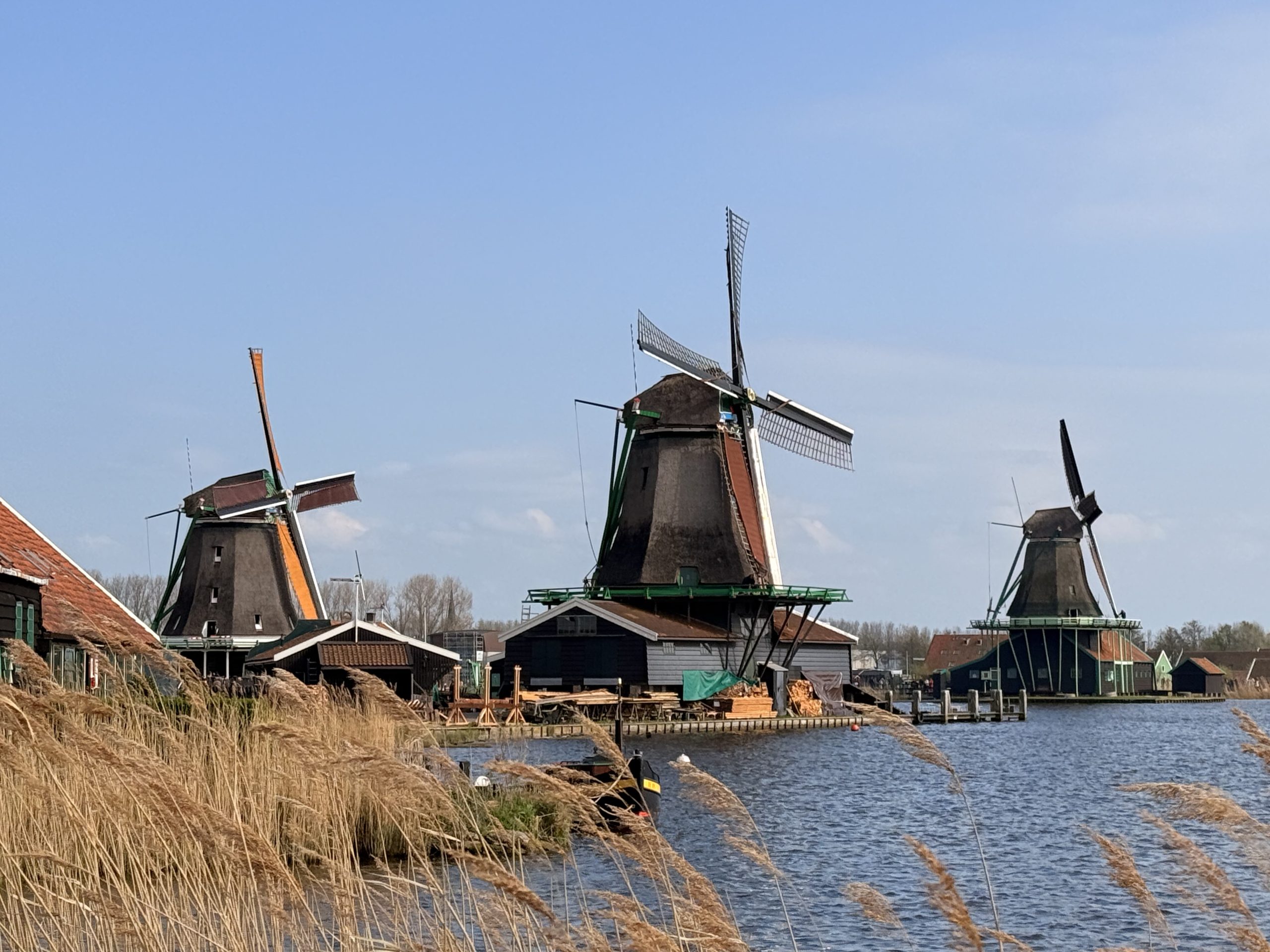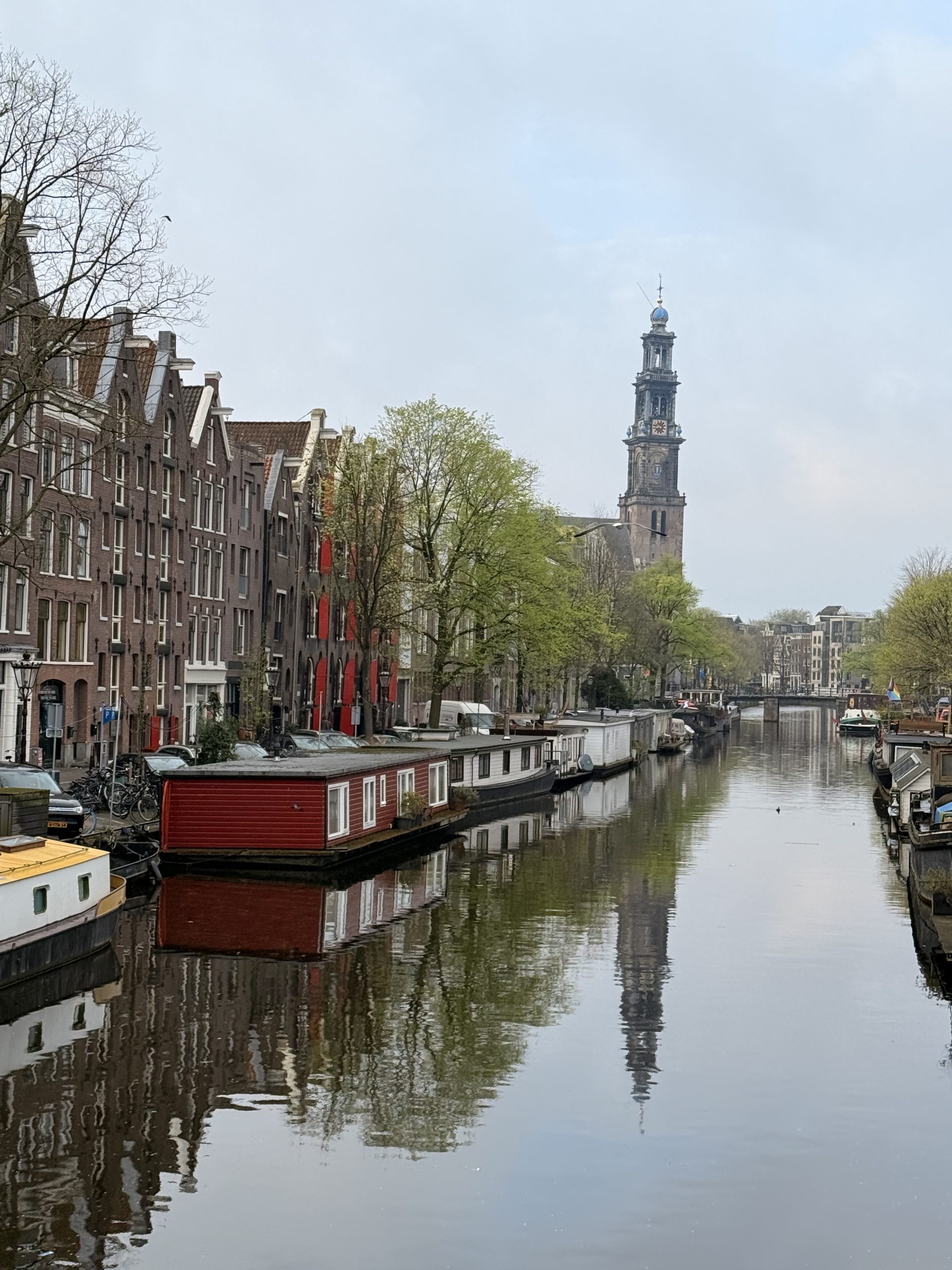🥾 Hiking the Classic Inca Trail to Machu Picchu: My 4-Day Journey
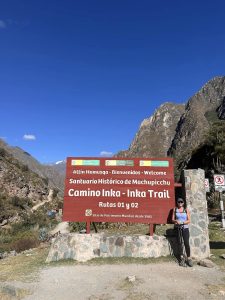
There are few hikes as iconic—or as rewarding—as the Classic Inca Trail to Machu Picchu. Last year I laced up my boots and took on the 4-day trek through cloud forests, ancient stone paths, and high mountain passes.
Here’s what the experience was really like, what I packed, and why I think every adventure traveler should do it at least once.
📍 What Is the Classic Inca Trail?
The Classic Inca Trail is a 4-day, 26-mile trek in Peru that takes you through ancient Incan ruins, stunning mountain scenery, and finally leads to Machu Picchu, entering through the Sun Gate (Inti Punku).
Unlike day-trippers who take the train, hikers earn their view step by step—and the payoff is huge.
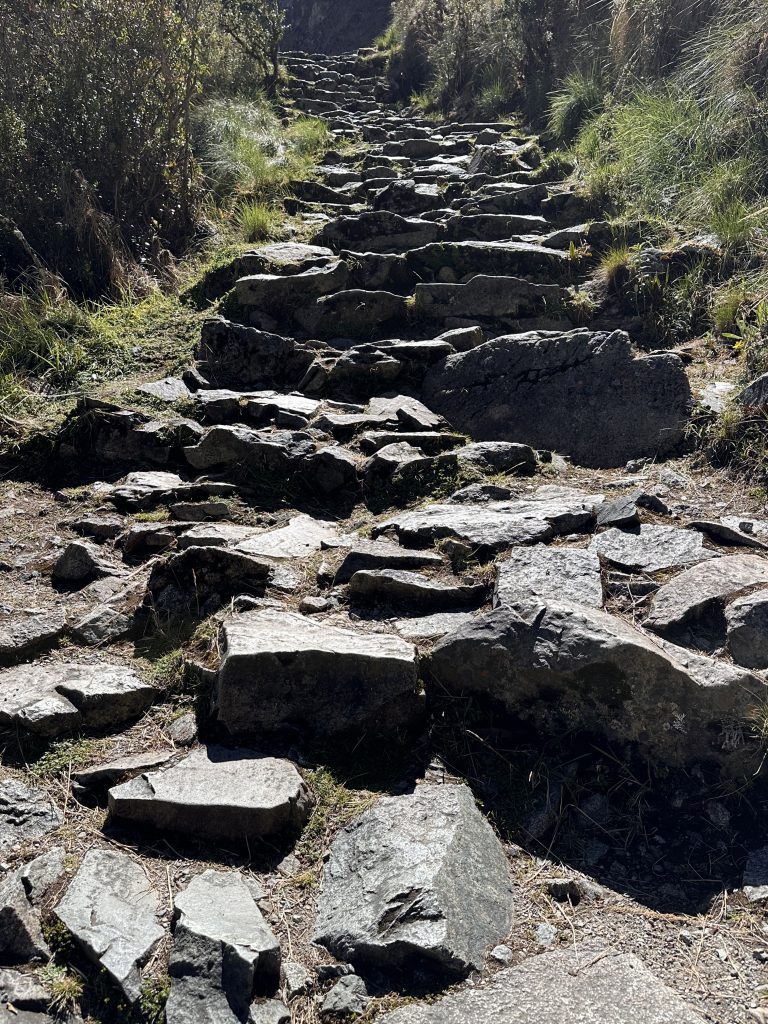
🧭 Day-by-Day Itinerary
Here’s a breakdown of each day, along with some personal highlights:
Day 1: Easy Start
- Distance: 8.7 miles
- Highlights: Getting to know the people I would be spending the next 4 days with, passing through the local villages the scenery (of course) and the FOOD. The chefs were amazing.
- Notes: Mostly flat with gradual inclines; a good warm-up.
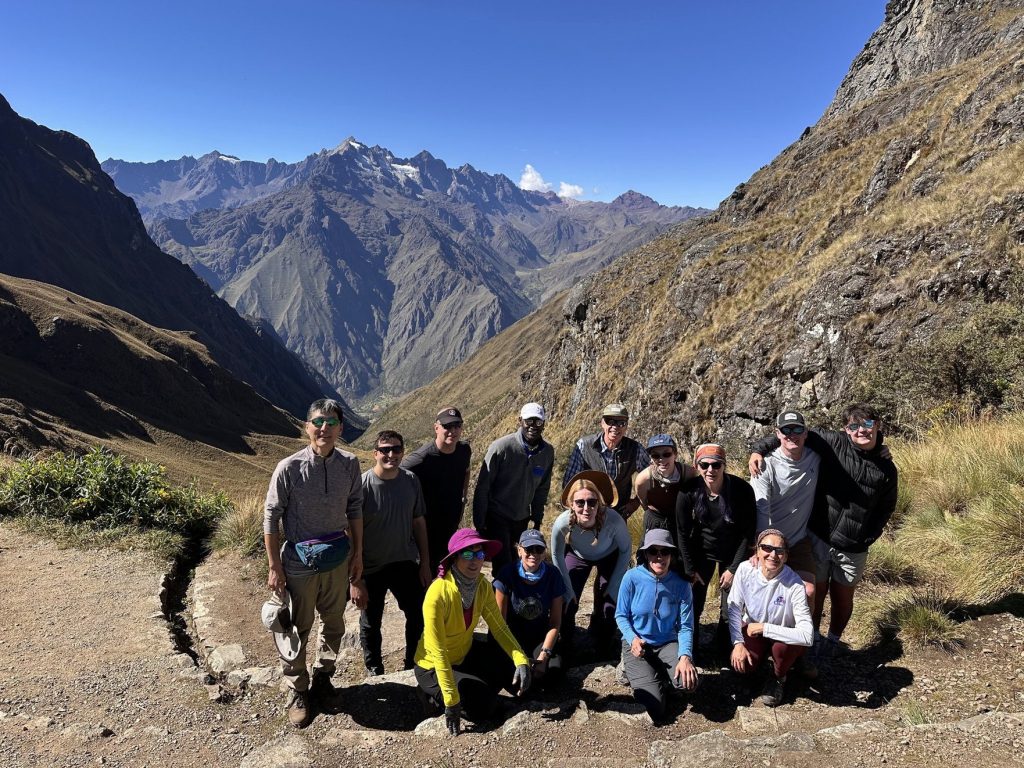
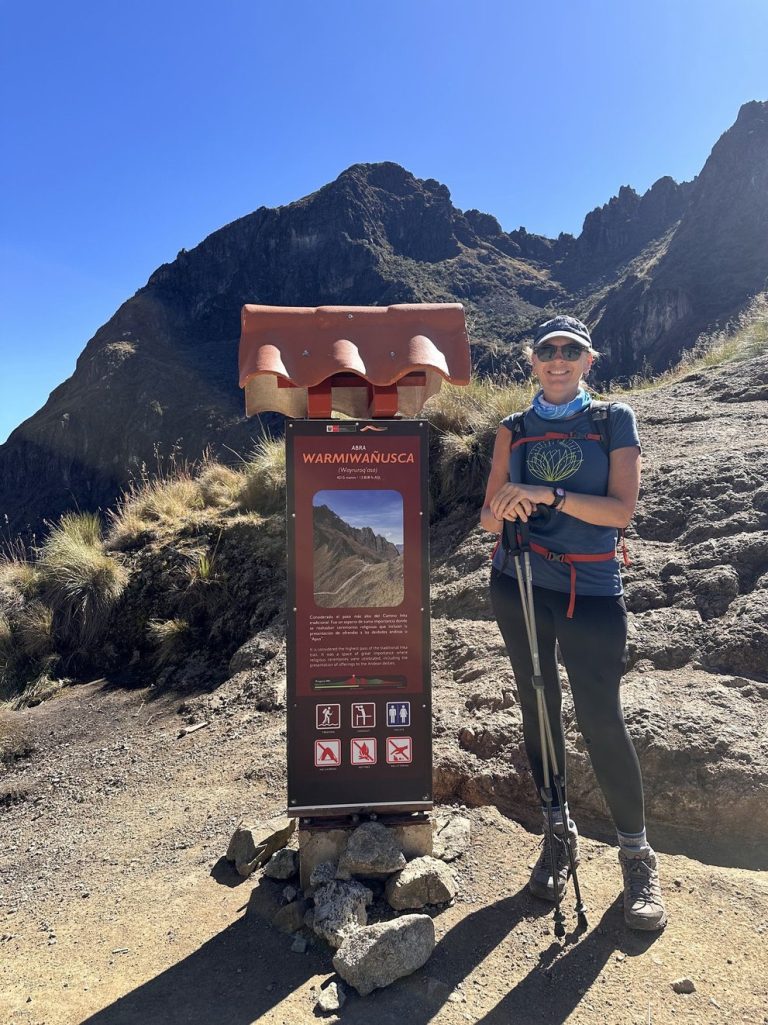
Day 2: The Toughest Climb
Distance: 9.94 miles
Highlight: Dead Woman’s Pass at 13,780 ft
Notes: This was physically the hardest day. I have never seen so many stone steps in my life. Slow and steady and I made it to camp.
Day 3: Beautiful Day and Mostly downhill
Distance: 6.2 miles
Highlighst: Cloud forrest and multiple Inca sites – Phuyupatamarka, Intipata and Wiñay Wayna
Notes: Wiñay Wayna was amazing and much larger than I was expecting. I was glad today was only 1/2 day of hiking as I was pretty worn out from the day before.
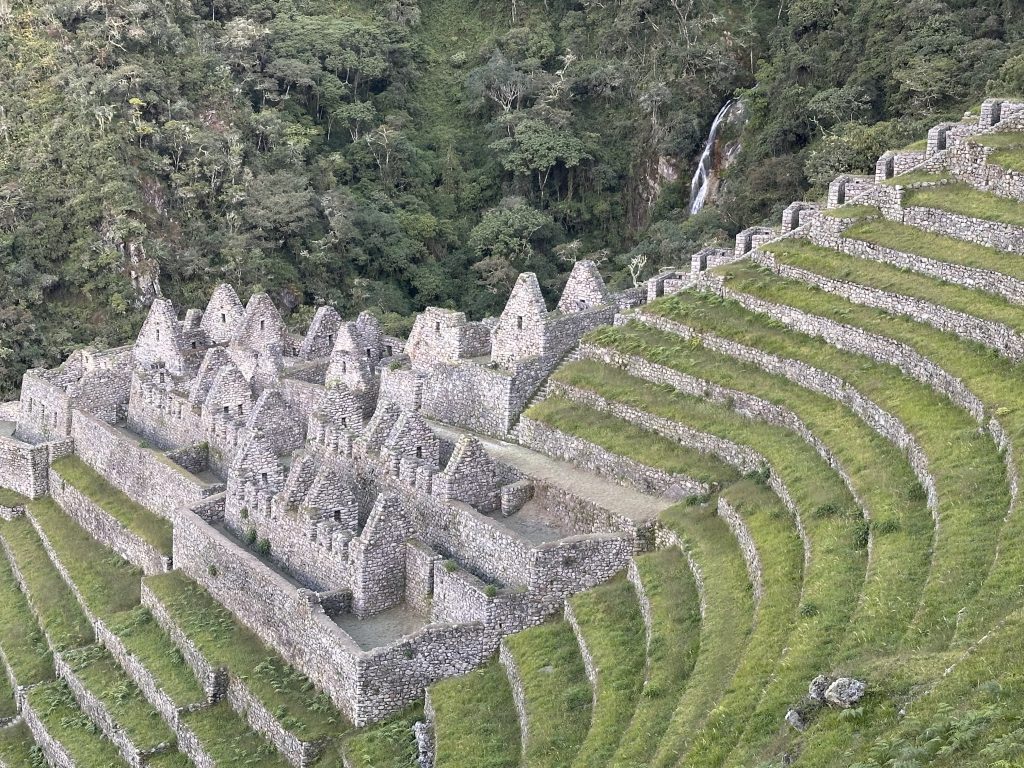
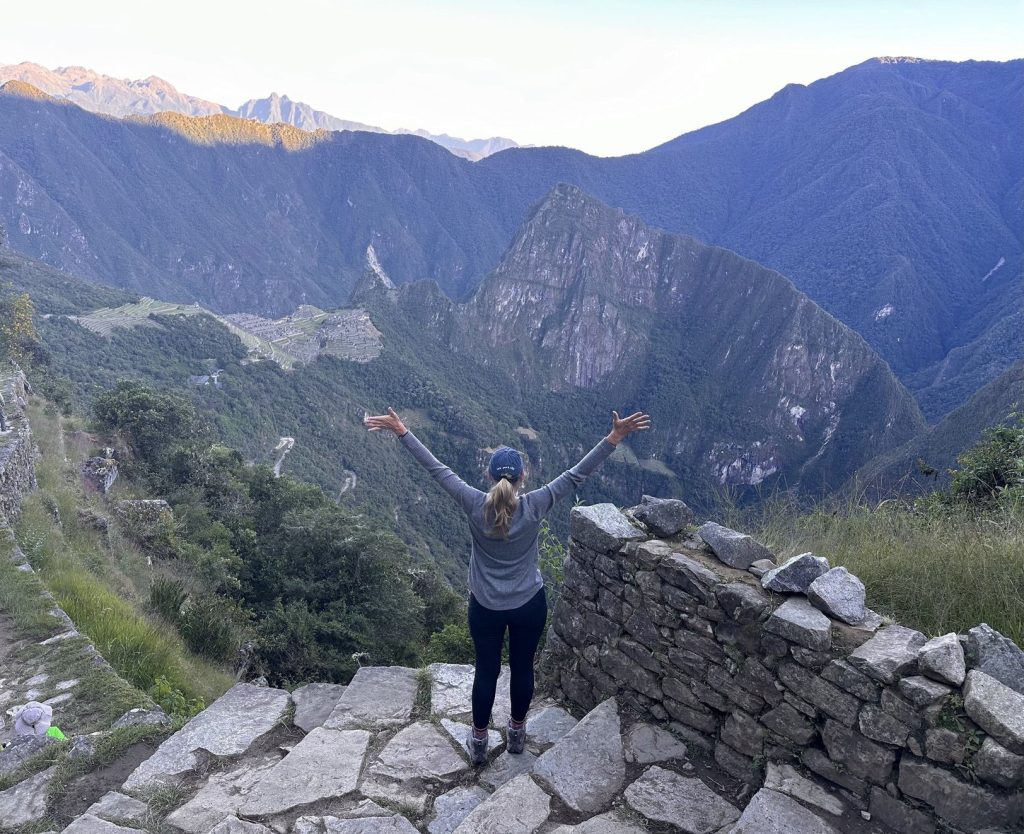
Day 4: Sunrise at Machu Picchu
Highlight: Arriving at Sun Gate at dawn
Notes: Early start (they woke us up at 3am), but it was worth it!
After scrambling up more steep stone stairs, called the Gringo Killers, we arrived at the Sun Gate and got to see Machu Picchu as the sun was coming up over it. I was fortunate to have perfectly clear skies.
🎒 Packing Tips
Here’s what I brought—and what I was especially glad I had:
🥾 Broken-in hiking boots for during the day and slides for at night at camp
🧤 Layers (it gets cold at night and hot by noon)
🌧️ Rain poncho or shell (I was lucky, it didn’t rain on us at all, but that isn’t common)
💧 Refillable water bottle + electrolytes (and my day pack had a water bladder)
🍫 High-energy snacks
🎒 Daypack for essentials
🧻 Toilet paper + baby wipes
🔦 Headlamp – a must have for getting to the bathroom tent at night, finding things in your tent at night, and for the hike before the sun comes up on Day 4.
- 💊 Medications – I had ALL the medications! I didn’t want to be stuck in case I needed something.
- ⚡Portable chargers for your cell phone – I was worried about this so I brought 2. I only needed one. You have no cell service, so your phone is on airplane mode, which doesn’t use much battery.
💡 Tip: Most tour companies provide tents and sleeping gear, and porters carry your duffel bag—so pack smart, not heavy.
🍽️ Food & Camping
Meals: Surprisingly delicious! I have never eaten so much food. Tons of options served family style and they accommodated my lactose sensitivity. The chef even baked a cake one night- I still don’t know how! I was never hungry on this trek!
Campsites: Designated and rustic, but unforgettable views
Bathrooms: Basic. Some better than others. Some were just a hole in the ground you squat over. We did have a portable toilet at each campsite.
Showers: Nope! There is a cold shower if you are brave on Day 3. Otherwise – bring wipes to freshen up.
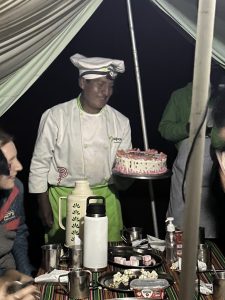
🛠️ Choosing a Tour Company
You can only hike the Classic Inca Trail with a licensed operator. I chose Alpaca Expeditions, and here’s what stood out:
[Small group size / Great food / Ethical treatment of porters / Knowledgeable guides].
My guide was happy to answer all the questions I asked along the way, whether it was about the flora and fauna, or about the history and ruins.https://www.alpacaexpeditions.com/classic-inca-trail-trek-4d3n-group-service/
🎯 Tip: Book 4–6 months ahead—especially if you’re going May–September (I went in May).
🧠 What to Expect Mentally & Physically
Yes, it’s hard — but doable with moderate fitness and determination. I started working on my cardio endurance about a year before I went.
Altitude is real — spend a few days in Cusco first. I spent 3 days in Cusco before starting the trek. My doctor also prescribed Diamox, which is used to prevent altitude sickness. Get some coca candy, coca leaves and/or coca tea (all hotels have the tea available). It is commonly used in the Andes to alleviate symptoms of altitude sickness.
The experience is transformative — you’ll feel connected to the land, the people, and yourself in unexpected ways
💬 Final Thoughts
Hiking the Inca Trail is more than just getting to Machu Picchu. It’s not just the destination, it’s the journey. The history, the challenge, the scenery and the people I met along the way!
I finished tired, sore, dirty, and completely inspired — and I’d do it all over again in a heartbeat.
🌄 “Somewhere between the bottom of the climb and the summit is the answer to the mystery why we climb.


